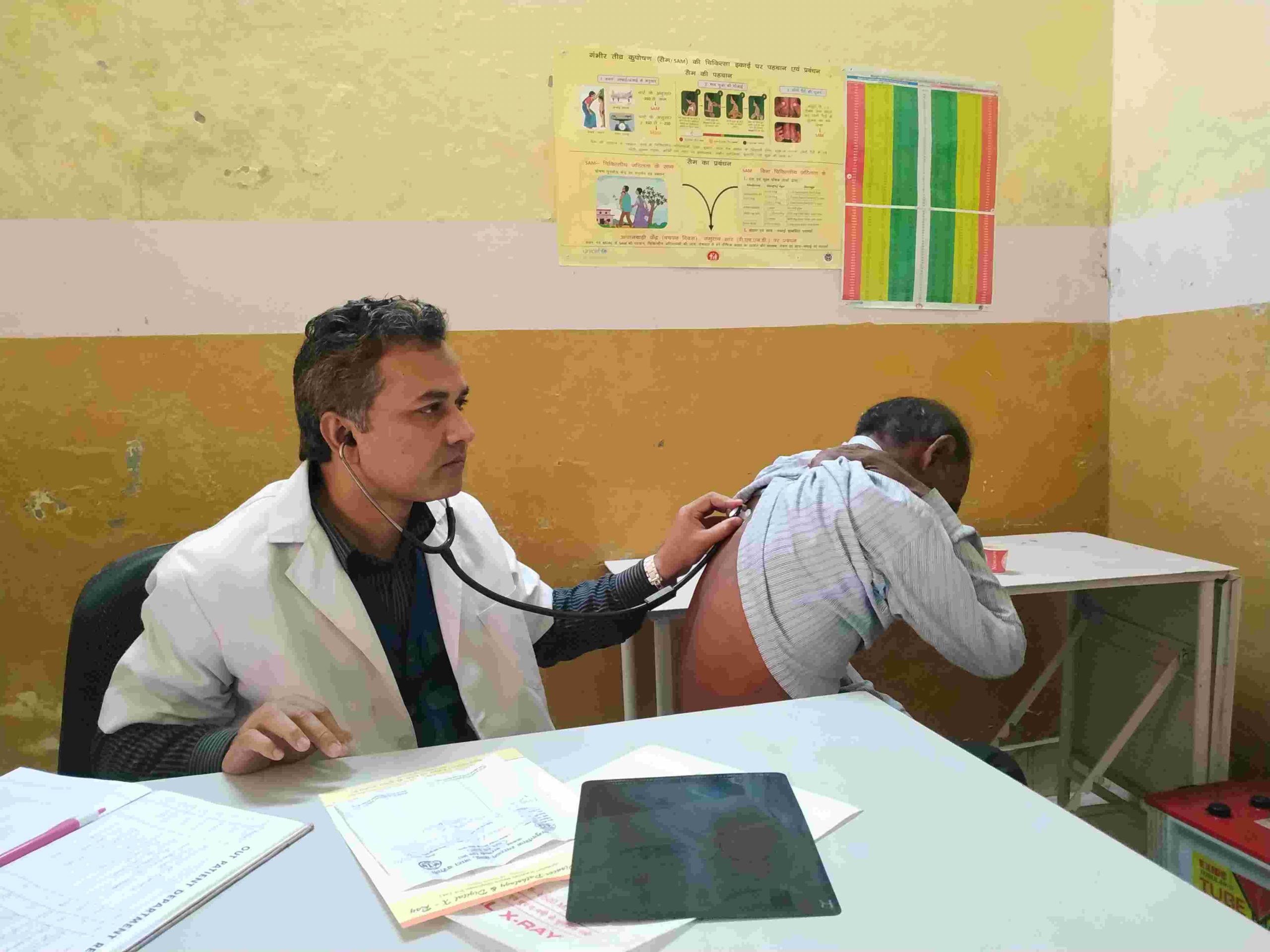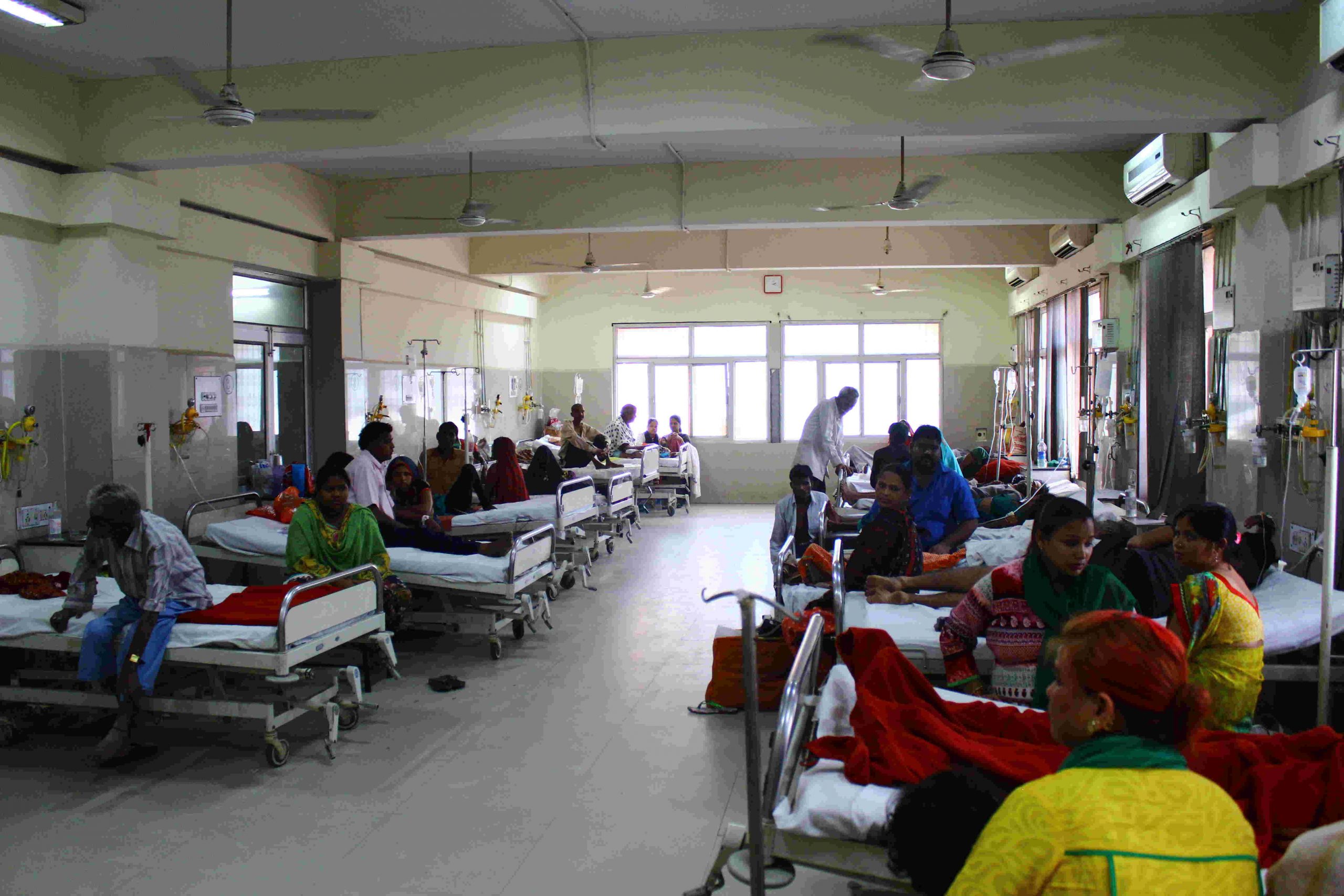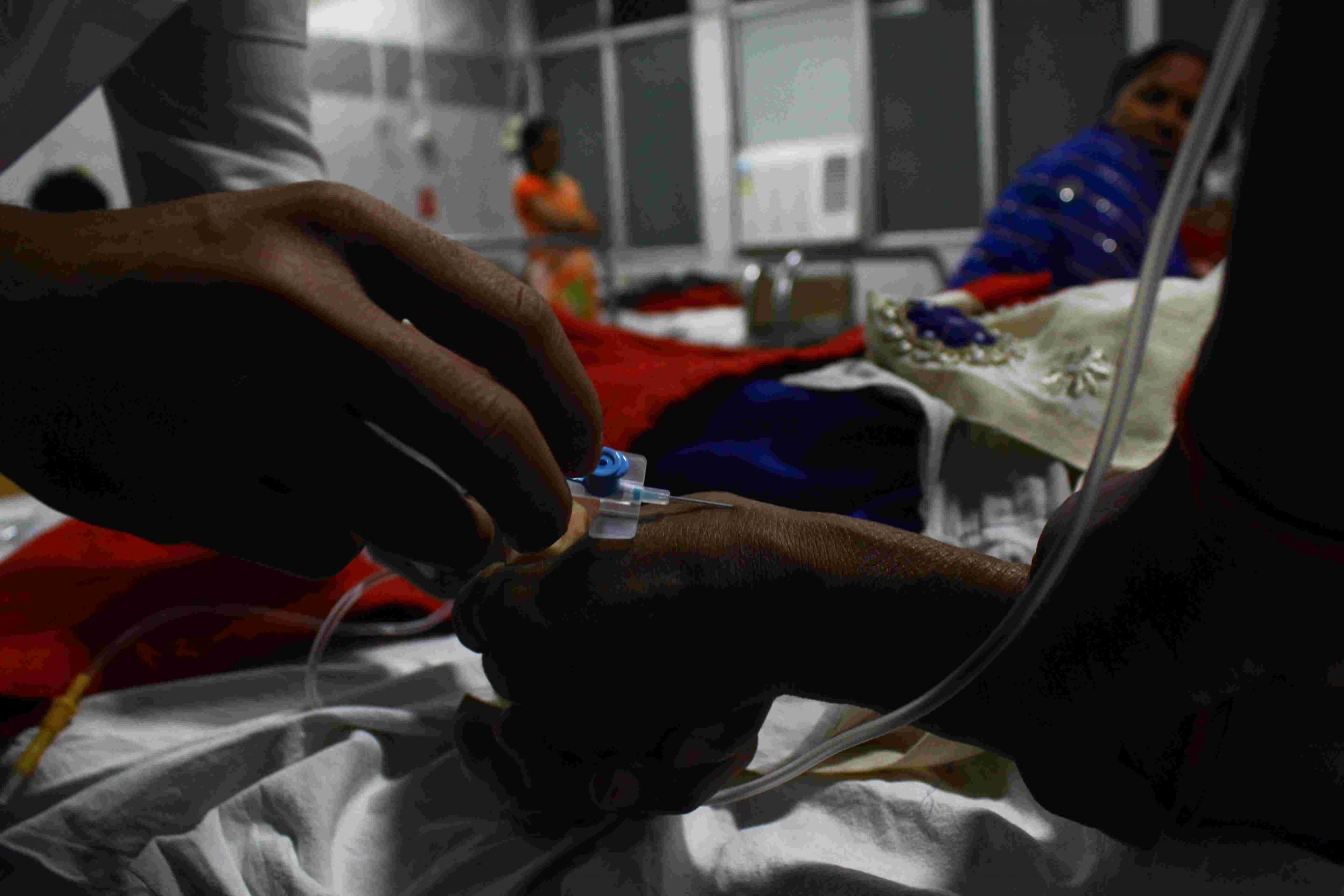Central government’s move to privatise district hospitals spells disaster for India’s poor
The disastrous implications will be felt by the poor, women, and Adivasi, dalit and rural communities . At a global level, India may fail miserably on achieving the Sustainable Development Goals


In January 2020, NITI Aayog brought out a proposal for privatizing district hospitals and linking them to new or existing private medical colleges through a ‘Public-Private Partnership’ (PPP). They called for comments on the model contract and stakeholder consultation. However, even before the consultations could take place, the Finance Minister announced this measure as part of the 2020 budget. This proposal to privatize district hospitals is being done in the name of medical education. A reading of the draft model contract reveals that the proposal aims to convert the currently government-run district hospitals into profit-making enterprises. It poses the danger of pushing thousands of families into poverty due to the increase in cost of treatment. It also goes against India’s National Health Policy 2017 and its global commitment to Universal Health Coverage (UHC).
There has been a lot of outrage against NITI Aayog’s and the Government of India’s proposal from many fronts-doctors, health administrators, health experts, academics and health networks such as Jan Swasthya Abhiyan. Three state governments — Kerala, Chhattisgarh and Madhya Pradesh — have rejected this proposal. So, what are some of the biggest problems with this proposal and how would it affect the patients seeking care in district hospitals?
The district hospitals and medical colleges to function as corporate, revenue-generating enterprises
The contract proposes to hand over the district hospitals for sixty years to the private agencies that own or build private medical colleges. The private agencies will pay an extremely low fee for it and the government will provide an additional grant in the form of equity support, with the possibility of giving land at a concession and viability gap funding. The private agencies would have to raise other funds through bank loans or private financing methods. Therefore, they will need to keep making money to repay loans or pay their investors. This will have a disastrous impact on patients coming to the hospitals for treatment from all over the districts.
Moreover, the impacts of the unregulated growth of the private sector in medical education are already visible. There are cases of private medical colleges flouting Medical Council of India rules and functioning without required faculty, extorting high fees from students, and engaging in corruption. It is this model of private medical colleges as a business enterprise which is being promoted in this proposal by NITI Aayog and the government of India.

Patients to pay ‘market competitive rates’ for treatment in the district hospitals
The most direct and catastrophic impact this model will have on patients is the increased cost of treatment. The draft contract allows the privatized district hospital to have a category of ‘free patients’ (whose cost will be paid by the government to the private agencies), with the rest having to pay charges based on ‘market competitive rates’. The proportion of ‘free’ out-patients has not been mentioned and the provisions around charges for the out-patient department have been made confusing. To be considered a ‘free’ patient, they would have to be certified from a district health authority, which we know from experience can be very difficult. Currently, most patients coming to the district hospital are referred from the lower government facilities like primary health centres (PHCs) and community health centres (CHC) in the district for higher-level treatment. Just imagine a woman who is referred from her block CHC for emergency care, who has travelled for more than 100 kms from her village, having to get herself certified from district authority to get this treatment for free, or else pay ‘market competitive’ charges. The draft contract also allows for commercial enterprises to be set up for facilities such as food and accommodation. There seems to be no restrictions on charges to be taken from patients for these facilities that form crucial support systems for patients and their families who usually come from far-off and rural areas. Allowing the District Hospital to charge user fees for all services is against all previous announcements by the government on providing free healthcare. This will lead to an increase in out-of-pocket expenditure and catastrophic health expenditure for patients, which even currently is the main cause of people being pushed into poverty. All over the world hospital user fees have been denounced as very problematic.
There is provision for ‘regulated beds’ and ‘market beds’. The ‘regulated beds’ would most probably be used for patients enrolled in government health insurance schemes such as Pradhan Mantri Jan Arogya Yojana (PMJAY) and therefore paid by the government. However, as evidence shows, even when using the publicly-funded health insurance scheme in private hospitals, most patients continue to spend out-of-pocket.

Government to hand over all their district hospital staff to the private medical college
The draft contract also allows the government to hand over their staff to the private agencies. There is option of deputing the staff in which case government will continue paying their salaries, and there is option of the staff resigning from a government job and joining the private hospital/college. It has been seen that most private medical colleges are unable to organise faculty as per the Medical Council of India (MCI) norms and therefore this provision is extremely advantageous for the private college/hospital. But it will be a huge loss for the government and for the districts to handover government specialists, doctors, nurses and other staff to the private sector.
What has been the ‘international’ experience of PPPs?
NITI Aayog’s proposal claims that this PPP model is based on “international best practices” but they do not give any examples of it. The reality is that globally there is a lot of evidence of how PPPs have been failures and very little on any success. England’s National Health Service (NHS) has been reporting failures in outsourcing and has stopped one of the largest PPPs, the Private Finance Initiative (PFI) in health after it became too expensive. In Lesotho (Africa), the PPP for building and operating a specialist-level hospital has become so expensive that it currently takes up 30% of the country’s health budget, while not providing the services that it had promised to do. Similarly, in Sweden, the PPP to build and manage Nya Karolinska Solna (NKS) Hospital resulted in an escalation of costs, leading it to be called the “most expensive hospital in the world”.
Why not instead learn from successful initiatives in improving district hospitals in aspirational districts?
Instead of proposing to privatize the district hospitals, the government should learn from successful initiatives in some of the most conflict-affected districts that have strengthened their district hospitals. For instance, the initiative that started in the District Hospital in Bijapur, has now been replicated by neighbouring Dantewada and Sukma districts. The District Hospitals have been upgraded and services increased through recruiting and retaining doctors and specialists through innovative methods and filling other staff, equipment and infrastructure gaps. Such attempts are also being made in other states such as Odisha. Rather than learning from these experiences, the NITI Aayog and the government are undermining these efforts through their PPP proposal.

In conclusion
The question is that when there is overwhelming evidence regarding the failures and rising costs of PPPs in health, including from the ‘developed’ countries, why is the government proposing to make the same mistakes, and that too in some of the poorest districts of the country? Why is it ignoring the experiences of these districts on how to plug human resource gaps and improve the services of district hospitals? Why is it going against its own pronouncements (both nationally and globally) on ensuring UHC and financial protection? In proposing this PPP, NITI Aayog and the government are clearly rejecting the idea of a government health services delivery system motivated by the social logic and public good and alters it into a revenue-generating enterprise working on the profit motive. The disastrous implications of this proposal will be first felt by the most vulnerable groups, the poor, women, and Adivasi, Dalit and rural communities. At a global level, India may fail miserably on achieving the Sustainable Development Goals (SDGs) of which health expenditure by people is an indicator if this proposal is allowed to continue. The government needs to abandon this disastrous and anti-poor move.
Sulakshana Nandi is National Co-Convener of Jan Swasthya Abhiyan (People’s Health Movement, India)
Views are personal

